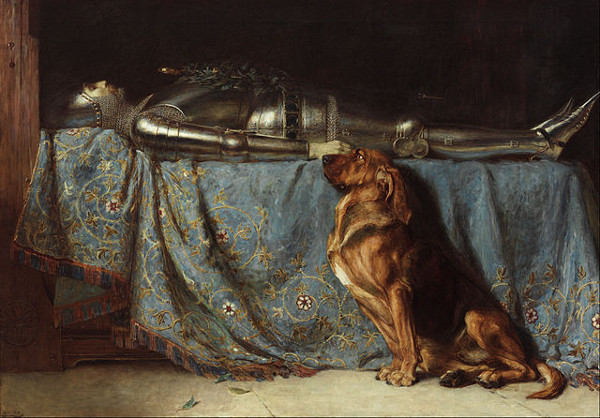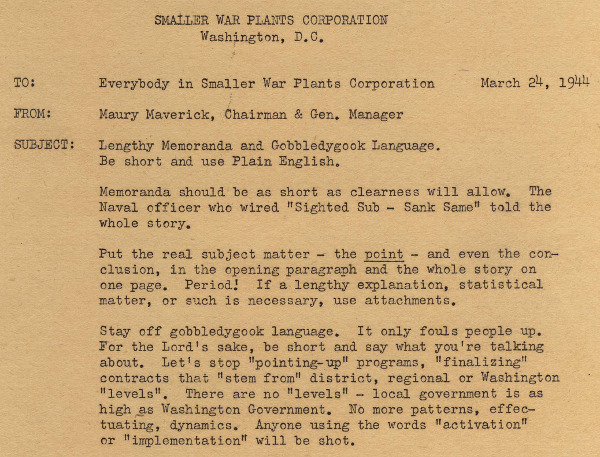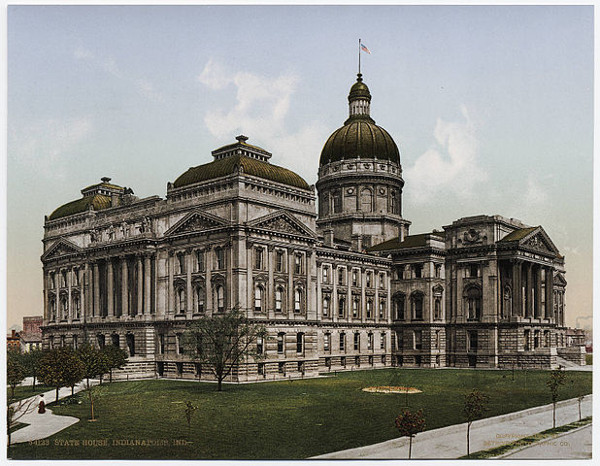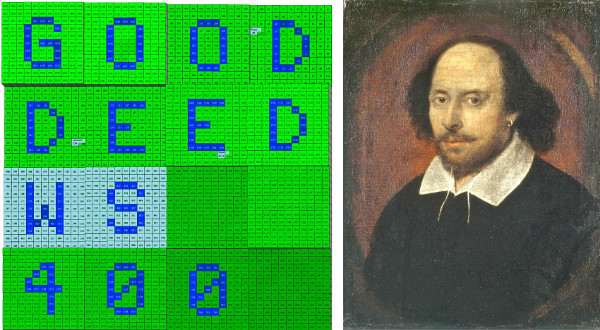
The best dog breeds to sit for paintings, according to British artist Briton Rivière:
The best dog to sit is an animal which I am afraid I must admit I thoroughly dislike — an intelligent poodle. Many dogs are a long time before they grasp what is wanted of them, and one has to go through no small amount of patience to get them to behave themselves. The most restless sitters are the collie and the deerhound. Still, notwithstanding their restlessness, I am very fond of both, and have frequently painted them. Perhaps the dog I admire most is the bloodhound; but, as a matter of fact, I am fond of all short-haired dogs.
He also found greyhounds and fox terriers to be restless. “Some dogs are very difficult to manage, but however awkward and ill-tempered a dog may be, in time he gets used to the studio. I have watched a dog for hours at a time, until I have been able to get exactly what I wanted, for however troublesome an animal may be, it is only a question of waiting, when you will be sure to get what you want.”
(From The Strand, January 1896.)






